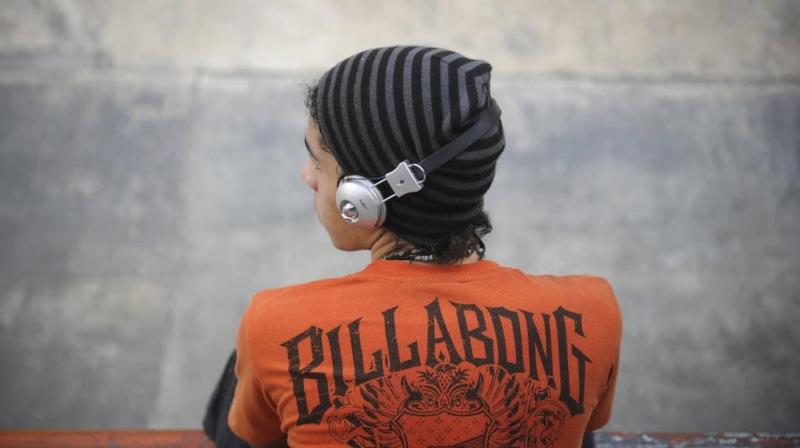Music along with medication can be effective for pain relief
We have seen and observed this effect in multiple clinical settings such as medical hospitals and hospice-care facilities.

Seoul: As a complement to traditional pain relief tools like medication, listening to music may lessen acute or chronic pain related to cancer and other conditions, according to a new review.
“We have seen and observed this effect in multiple clinical settings such as medical hospitals and hospice-care facilities,” said author Jin Hyung Lee of Ewha Womans University in Seoul, South Korea.
“In addition to all the clinical trials investigating the effects of music interventions on pain, we are seeing an increase in the number of music therapists who work in the medical and hospice care settings,” Lee told Reuters Health by email. “Of course, these professionals work on a variety of clinical goals in addition to pain management, but it definitely is one of the major goals.”
Lee reviewed 97 randomized controlled trials conducted between 1995 and 2014 that included a total of 9,147 participants. Most trials involved music therapy, which typically involves interactions with a music therapist, while a handful of trials looked at music medicine, which mainly involves exposure to “prerecorded music experiences” selected for their effects, Lee writes in the Journal of Music Therapy.
The trials examined those effects on participants’ self-reported pain intensity, emotional distress from pain, vital signs and amount of pain relief medication taken.
Many studies let participants choose the type of music they wanted to listen to, often including classical, easy listening, new age, slow jazz and soft rock. A quarter of the trials used music selected by researchers. On average, participants listened to about 38 minutes of music during the experiments.
Overall, people getting the music intervention in their trial rated their pain intensity about one point lower on a zero to 10 scale after music sessions compared to groups that got no music. But the results were not consistent among all studies, Lee notes.
Seven of the studies found a significant decrease in anesthetic use in music groups compared to non-music groups. There were similar small but significant differences in studies examining use of opioid and non-opioid painkillers, but there was no difference in sedative use.
Heart rate, blood pressure and respiration rate were all found to be lower among participants in music groups in some studies.
Music stimulates additional senses other than pain receptors, which attracts patients’ attention, and relieves stress and anxiety with its soothing quality, Lee said.
“In addition, music therapists provide various music experiences with specific clinical intent to promote a sense of hope and control, to actively re-direct patients’ attention, and to support patients to actively cope with their illness,” he said.
“Music medicine and music therapy are not meant to be alternative forms of therapy, rather they are provided as a complementary treatment to existing care,” he said.
Music may distract and relax patients, said Dr. John Marshall of the University of Missouri School of Medicine in Columbia, Missouri, who was not part of Lee’s review.
“When we did our music study in colonoscopy patients many years ago, we were giving patients light sedation,” Marshall said. “The patients were awake during their procedures. The music seemed to be a helpful adjunct to improving the patient experience.”
Today, most colonoscopy patients are moderately to heavily sedated, so music during the procedure may not matter as much, though pleasant background music prior to the procedure makes sense.
“There are many things to consider when devising a music program for patients, so I would recommend consulting a music therapist when establishing a music medicine program,” Lee said.

